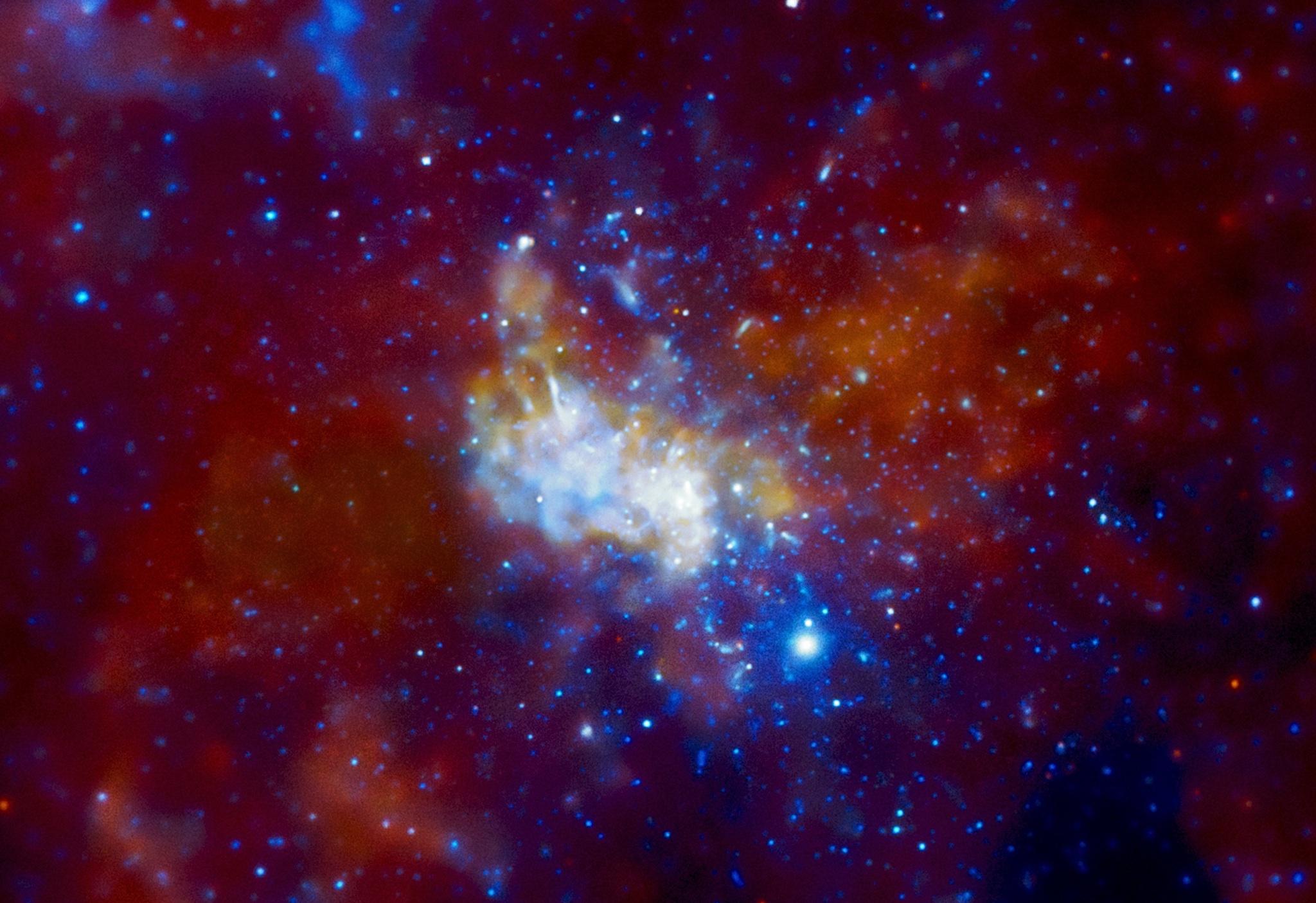Scientists explain how to spot a wormhole connecting parts of the universe together – if they exist
Mysterious phenomena could be a connection to an entirely different universe

Your support helps us to tell the story
From reproductive rights to climate change to Big Tech, The Independent is on the ground when the story is developing. Whether it's investigating the financials of Elon Musk's pro-Trump PAC or producing our latest documentary, 'The A Word', which shines a light on the American women fighting for reproductive rights, we know how important it is to parse out the facts from the messaging.
At such a critical moment in US history, we need reporters on the ground. Your donation allows us to keep sending journalists to speak to both sides of the story.
The Independent is trusted by Americans across the entire political spectrum. And unlike many other quality news outlets, we choose not to lock Americans out of our reporting and analysis with paywalls. We believe quality journalism should be available to everyone, paid for by those who can afford it.
Your support makes all the difference.Scientists have revealed how to spot a wormhole to another universe.
Wormholes serve as a tunnel between two parts of spacetime, potentially connecting up two different times or places within the universe – or another universe entirely.
They might still not actually exist. Despite occupying such an important place in science fiction, as well as being the subject of feverish research by scientists, they are yet to be confirmed.
But if they do exist, astronomers have proposed a way that we might be able to see them.
Researchers hope that they might be able to spot a wormhole around the supermassive black hole at the middle of our Milky Way galaxy, which is known as Sagittarius A*. There is no specific reason to think the black hole has one – but researchers think that the extreme and turbulent gravitational conditions of a supermassive black hole should be a good place to find one.
If there is one lurking at the heart of our galaxy, the stars in our galaxy should be influenced by the gravity of stars at the other end of the wormhole, the researchers suggest. That should make it possible to see one, if indirectly, by looking for the slight deviations in the orbits of the nearby stars.
"If you have two stars, one on each side of the wormhole, the star on our side should feel the gravitational influence of the star that's on the other side. The gravitational flux will go through the wormhole," said Dejan Stojkovic, cosmologist and professor of physics in the University at Buffalo College of Arts and Sciences. "So if you map the expected orbit of a star around Sagittarius A*, you should see deviations from that orbit if there is a wormhole there with a star on the other side."
Sadly, even if there is a wormhole relatively nearby it will not be possible to travel through it and find yourself elsewhere in the universe, scientists say.
"Even if a wormhole is traversable, people and spaceships most likely aren't going to be passing through," said Dr Stojkovic. "Realistically, you would need a source of negative energy to keep the wormhole open, and we don't know how to do that. To create a huge wormhole that's stable, you need some magic."
Join our commenting forum
Join thought-provoking conversations, follow other Independent readers and see their replies
Comments